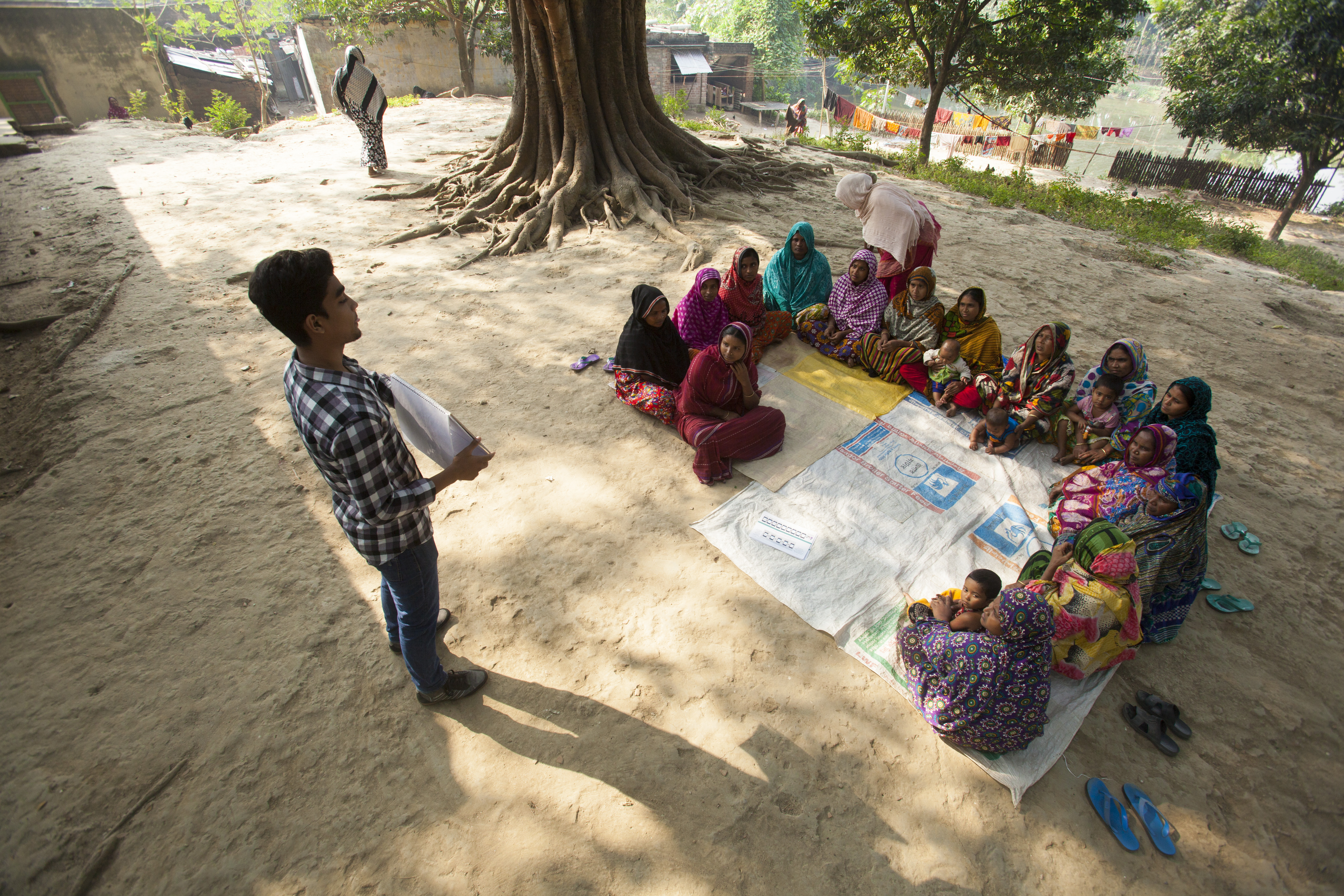Introducing an android application to a bunch of young and mid-aged woman from the rural, who have hardly seen touchscreens, that too first time as a trainer, is indeed exciting and challenging at the same time. My experience wasn’t any different.
From the time when BRAC decided to become nearly cashless and introduced mobile money in its different programmes, many obvious and unexpected difficulties came up. Registering bKash wallets and customer service related problems were at the top of priority list.
To tackle these BRAC decided to make its own Customer Service Assistants (CSA) as bKash agents and included the “bKash” lessons in field staffs regular lessons for clients and a lot more. CSAs who already started working as bKash agents are primarily providing two biggest services to the clients 1. bKash registration & 2. Customer Service.
Though bKash agents can’t provide customer service to clients, BRAC and bKash jointly developed an app to connect clients with ‘bKash Customer Service’ where BRAC CSAs will be the end service provider.
Recently I went to Rajshahi and Pabna to train our CSAs on the application we created, named “bKash Help”.
It was quite a diverse experience, filled with positivity and difficulties. From my experience I felt certain things need to be kept in mind before going for technological training on field that I tried to portray here.
At first, all technical supports need to be ensured before the training starts. If one needs internet, a strong wifi connection is a must in the room. Technical supports like – projector, sound box, smart-phones, tab etc. need to be ensured and tested beforehand. In my experience, even though everything was set there, I didn’t check whether those were working or not. So when I started the session, I faced a few technical problems which could easily be avoided.
Secondly, Training materials should be well matched to the trainees’ understanding level. I faced a huge challenge telling my trainees to write a link like:http://apk.mpower-****.com/apk/bka******pk!
This crazy line made the room a chaos with hundreds of questions roaming in the air.
“What’s that? Minus (-) or hyphen (-) or underscore (_)?
“How do you find hyphen (-)?
How to get back to the alphabet?”
“Apk is becoming something else automatically!”
“Isn’t there any space in between?”
A simple and easy URL could make my life easier and save my time as well. Phew!
Thirdly, you need to categorise. Pick the advanced ones and make them teach the weaker ones. In my training session, I could see some blank faces in the middle of the training while some were a step ahead of my slides. Some participants always need extra support and attention than others. The trainer can always cater to them better with some extra manpower.
Fourthly, the sessions should have visual evidences and first hand experience if possible. For instance, if the training is on software or application, test runs of the whole process need to be shown and carried out by the participants. When trainees do it on their own, they learn to trust themselves while learning the process.
My last advice would be: train your trainees with a full-fledged system. A module that needs too much of alterations is more a distraction.
Probably you have a completely different experience and different feedbacks on this. Let’s hear it from you!
